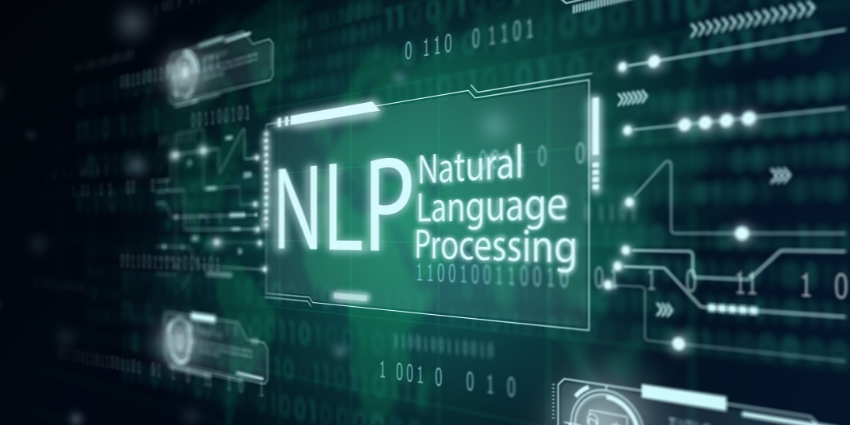
Natural language processing (NLP) is a field of artificial intelligence that focuses on the ability of computers to understand and process human language. It is a subfield of computer science and linguistics that combines the two disciplines to study how computers can interpret and understand human language. NLP has become an increasingly important tool in the modern world, as it is used to improve the accuracy of voice recognition, machine translation, and other tasks that rely on the understanding of human language.
NLP has been around since the 1950s, when researchers began to explore the possibilities of using computers to process natural language. Over the years, researchers have made great strides in developing various algorithms and techniques to better understand and process human language. Today, NLP is used in a variety of applications, from voice recognition and machine translation to sentiment analysis and natural language generation.
At its core, NLP is about understanding the structure and meaning of human language. It involves a variety of techniques, including natural language understanding, natural language generation, and natural language processing. Natural language understanding (NLU) involves the ability of computers to understand the meaning of words and sentences. Natural language generation (NLG) involves the ability of computers to generate natural language from structured data. Natural language processing (NLP) involves the ability of computers to process and understand natural language.
NLP is used in a variety of applications, from voice recognition and machine translation to sentiment analysis and natural language generation. For example, voice recognition systems use NLP to understand spoken words and phrases, while machine translation systems use NLP to translate text from one language to another. Sentiment analysis systems use NLP to analyze the sentiment of a text or speech, while natural language generation systems use NLP to generate natural language from structured data.
NLP is a powerful tool that can be used to unlock the power of human language. By understanding the structure and meaning of human language, NLP can be used to improve the accuracy of voice recognition, machine translation, and other tasks that rely on the understanding of human language. NLP is also used to create more natural-sounding conversations between humans and computers, as well as to generate natural language from structured data. As NLP continues to evolve, it will become an increasingly important tool in the modern world.
